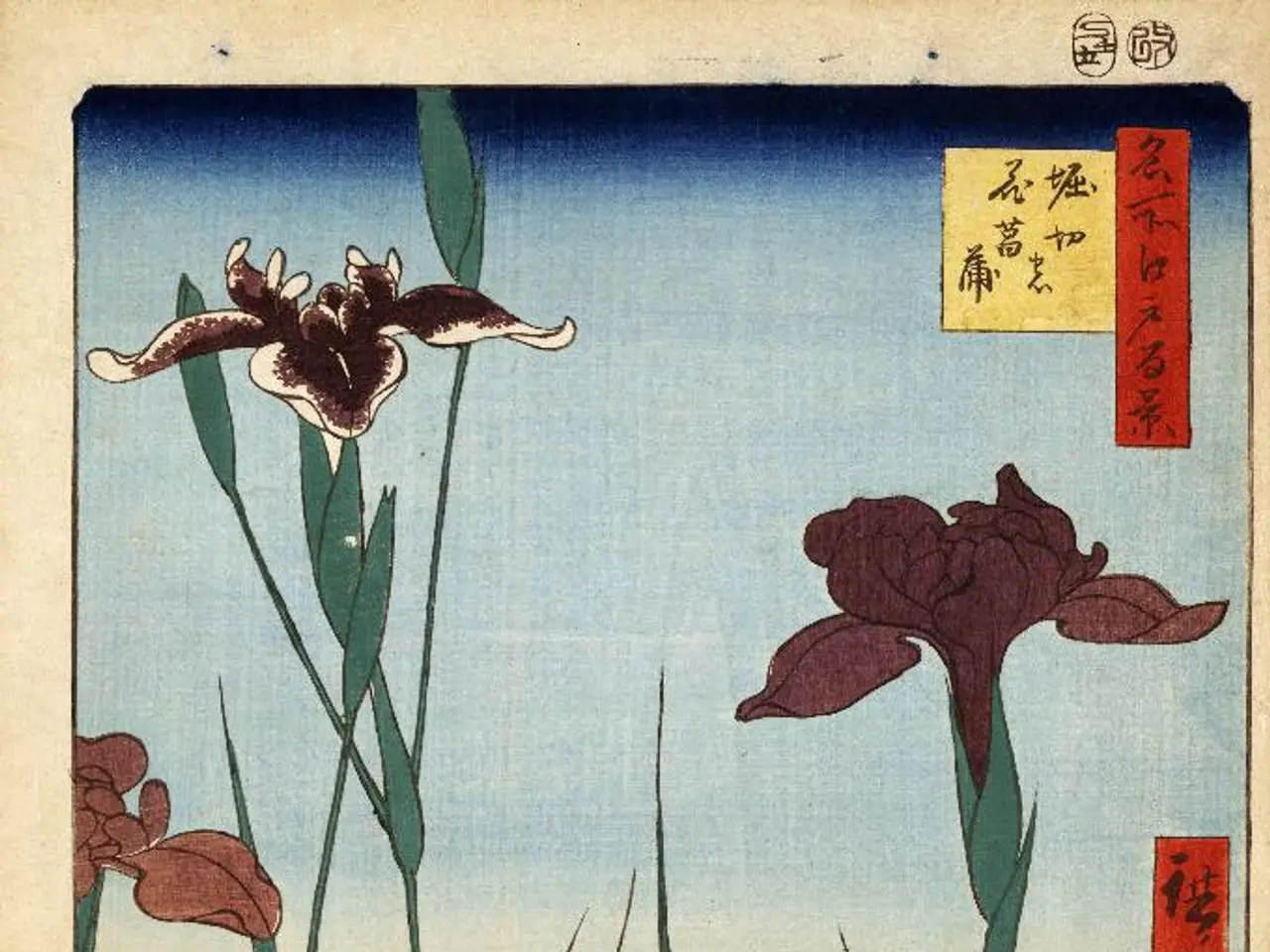Creating Homemade Eco-Friendly Paper Using Seeds
In a world where sustainability is increasingly important, we're always on the lookout for innovative ways to reduce waste and promote eco-friendly practices. One such method is creating seed paper for planting flowers and herbs using recycled paper, flower seeds, and a blender or food processor. Here's a step-by-step guide to help you get started.
**Materials Needed:** - Recycled paper (scrap paper or card) - Flower or herb seeds (small seeds like wildflowers, California poppy, cilantro, or calendula work well) - Blender or food processor - Warm water - Large bowl and sieve - Fine muslin cloth or parchment paper - Tea towel or baking tray - Optional: flower petals for decoration, cookie cutter for shaping
**Step 1: Prepare Paper Pulp** - Tear the recycled paper into small pieces. - Soak the paper pieces in warm water for a few minutes to soften. - Place soaked paper and about half the amount of warm water into the blender or food processor. - Blend for about 30 seconds until you get a smooth pulp.
**Step 2: Drain Excess Water** - Pour the pulp into a sieve set over a bowl. - Press down with hands or the back of a spoon to squeeze out excess water. The pulp should hold together but be moist enough to stick when pressed.
**Step 3: Add Seeds and Optional Flower Petals** - Transfer the pulp to a mixing bowl if desired. - Gently stir in your seeds, ensuring they are evenly distributed throughout the pulp. - You can also add flower petals for decorative effect.
**Step 4: Form the Paper Sheets** - Lay muslin cloth or parchment paper on a baking tray. - Place a cookie cutter on top if you want shaped seed paper; otherwise, spread the pulp evenly on the cloth or paper. - Press the pulp down evenly and firmly to the desired thickness using fingers or a spoon.
**Step 5: Dry the Seed Paper** - Allow the seed paper to dry completely. This can take 24 hours or more depending on thickness and humidity. - Once dry, carefully peel it off the muslin or parchment paper.
**Step 6: Planting the Seed Paper** - When ready to plant, place the seed paper on soil, cover with a thin layer of soil, and water regularly. - The seeds embedded in the paper will germinate and grow into flowers or herbs.
This method produces beautiful, sustainable seed paper you can plant directly in your garden, promoting both recycling and gardening.
**Tip:** Choose seeds that are easy to grow and can handle being embedded in paper. Small herb and flower seeds work best. If you want to harvest your own seeds for this project, allow flowers or herbs to fully mature and collect seeds before they dry and scatter, then dry seeds on paper towels and store properly.
Additionally, drying the seed paper indoors can prevent birds from trying to eat the seeds or prevent them from blowing away on the wind. Happy gardening!
Incorporating seeds into seed paper, a method for promoting sustainable living, can help in reducing waste while fostering eco-friendly practices. By following the guide to create flower or herb seed paper from recycled paper, flower seeds, and a blender or food processor, you're contributing to your home-and-garden lifestyle in a way that's friendly to the environment.




